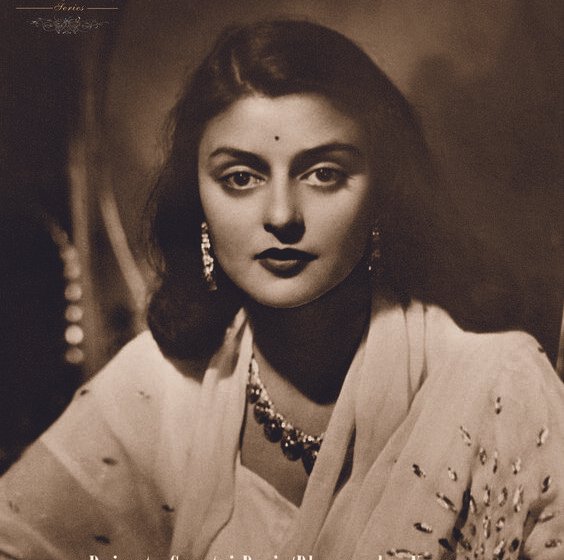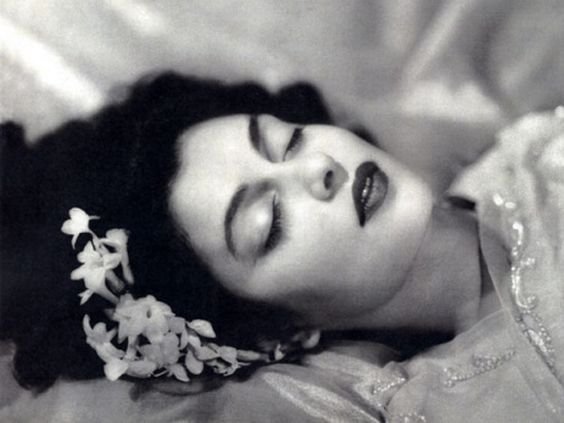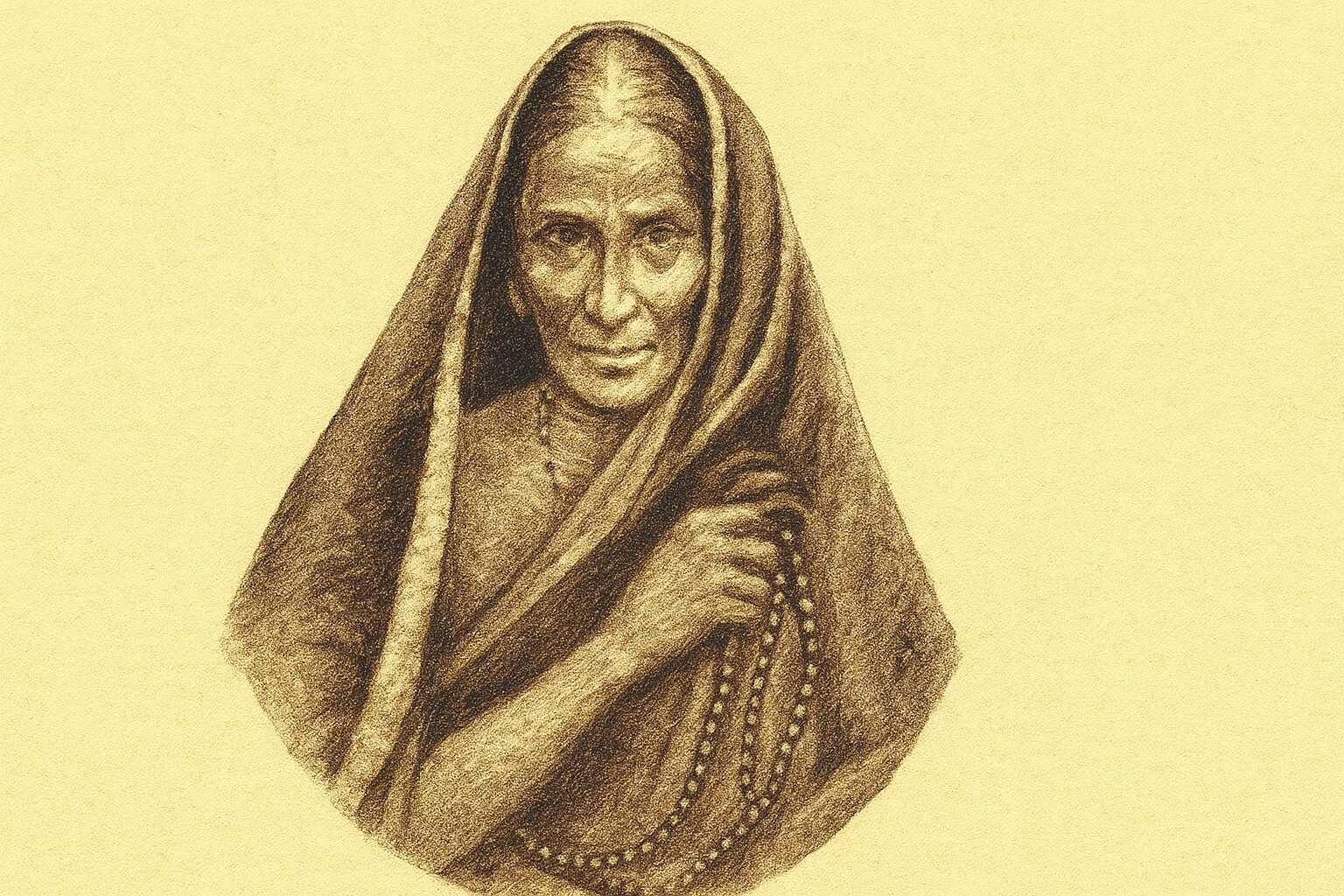A PRINCESS TURNED POLITICIAN:Maharani Gayatri Devi

When the party members asked Maharani Gayatri Devi who the people of Jaipur liked to refer to as rajmata, to include in her speeches grand promises to appeal to the janata for votes she said “These were the people of Jaipur and if I owed them nothing else, I certainly owed them the truth,”. For someone that grew up in royalty and lived among the elite her genuine compassion for the people of the country was evident throughout her life.

In times when the royalty’s grandeur went hand in hand with gentle privateness, Maharani Gayatri Devi was someone that decided to stay in the public eye and media’s discussions. Be it her chiffon sarees that took the world by the storm or her political persona that won the favour of the general public, she continued to inspire with her indisputable benevolence.
Born to Maratha Princess Indira Raje of Baroda and Maharaja Jitendra Narayan of Cooch Behar in 1919, gayatri devi belonged to the royal lineage of Cooch Behar’s princely state. Her mother was called a rebellious princess because of her marriage without her parent’s full support. She went to school in London and completed the rest of her educational qualifications from Shantiniketan and Switzerland. Having spent so much time abroad she was better versed in English than in Hindi.

Married life
She got married to Sawai Man Singh II when she was around 20 years old. She had met him first at the young age of 12 in Calicut. The maharaja having married 2 times already did cause hesitation in the princess’ parents but the two were determined to get married and it happened in 1940. Their love story continues to fill people’s hearts with complete awe. Despite becoming the third queen of Jaipur she is said to be the one that gracefully took over the affairs of the household and stood alongside her husband considering his responsibilities as well.

JAIPUR’S QUEEN WHO WON LOK SABHA ELECTIONS
Belonging to a princely state and being married into a royal family does imply and give away a sense of responsibility and accountability, but it was seldom assumed for the men of these families. Despite the norms the public’s love for her displayed itself from the margin with which she won her first elections.
Maharani always wanted to do good for her people, post the independence the government was the one in control of the people’s welfare. This perhaps could have been a reason she was inclined towards joining politics. After Congress offered an invitation to her husband which he later declined, they offered her to join the party as well. Due to certain practices of the party along with the way they dealt with the princely states they failed to win her favour.

Joining The Swatantra Party
With her husband’s constant support, she joined the Swatantra Party founded by C. Rajagopalachari. This was India’s first liberal party that stood in opposition to Jawaharlal Nehru’s policies and she was particularly influenced by their leader’s stance on things and trusted him with his attempt at creation of a very strong opposition. The Swatantra Party’s ideas stood out to her.
The Lok Sabha Elections
Partaking in elections was easier than winning people’s favor was. The campaigning itself did not prove to be a cake walk for her. Having spent her childhood abroad, Hindi proved to be a barrier for her but she endured. She used to write her speeches in English and spent hours learning translated versions of it, but it took her not very long to get used to Hindi as she spent more time interacting with people in villages and around her. Considering the kind of luxury she had spent her life in, two months of campaigning and meeting people in remote areas on a jeep also tested her endurance. But she held on gracefully. She focused on the welfare of people especially women and listened to their concerns directly. Her approachable demeanour despite being Jaipur’s rajmata won the Janta’s hearts.

In 1962 she won the Lok Sabha elections securing over 192,909 votes and an estimated 80% majority. People often refer to this as a “landslide victory” for it was the largest majority won by any candidate in any election in any democratic country in the world. Her political career was by no means easy being in opposition. She held her seat in Lok Sabha until 1971 after having won 3 elections.
The 1970’s
1970’s saw a shift in Indian politics. When the then Prime Minister Indira Gandhi abolished the privy purses along with special privileges that had been granted to former royal families. This policy diminished their influence significantly. After the 1971 elections Swatantra party also saw a decline in its relevance as an opposition amidst the political environment.
Following her imprisonment at Tihar jail for almost six months during the Emergency declared by India’s then PM Indira Gandhi, she decided on stepping out of politics. In an interview she was seen mentioning “I made that mistake, thinking that by being in politics I can do something for India.”

RAJMATA’S LEGACY
Having talked of her life and political career, it’s also necessary to mention how her life’s tapestry was filled with things that made her an even more respectable and interesting person.
A fashion icon
Vogue magazine listed her among the most beautiful women in India. She was the one that made Chiffon Sarees mainstream. Being one of the few royalties that let go of the “purdah” she was in the public eye and her chic fashion sense left people in awe of her. Pastel floral chiffon sarees and beautifully designed jewellery only enhanced her ethereal beauty. In 2013 the famous Indian designer Sabyasachi paid homage to her and came up with five limited edition sarees. Chiffon sarees continue to be connected to her till date.

A Philanthropist
She was also a philanthropist, she worked towards betterment of education and healthcare in Jaipur. She started Maharani Gayatri Devi Girl’s School in 1943 in Jaipur and she consistently showed her support towards women empowerment as well.
An enjoyer of cars and hunting
It would not be too far-fetched to say that she was unlike what people expected from Maharani’s of that time. She was outspoken and empowering, graceful, fierce, fashionable, and progressive. She was a patron of polo in times when it was uncommon for women to partake in the sports all together. She also had a passion for cars, having cars like Rolls Royce Phantom II, Bentley, and Mercedes Benz as a part of her collection. She also indulged in hunting along with her husband.

Maharani lost a lot of her family members along with her husband within a few months, and even had to witness her son’s passing. All of this had shaken her with extreme and unbearable grief. She passed away in 2009 due to a lung infection and a paralytic ileus. She lived a life of peaks and valleys but her story nonetheless depicts her as a woman who was strong and broke barriers in all spheres of life. 15 years after her passing in 2024 she continues to be remembered as a resilient boss lady with a style even the upcoming generations will continue to look up to.


